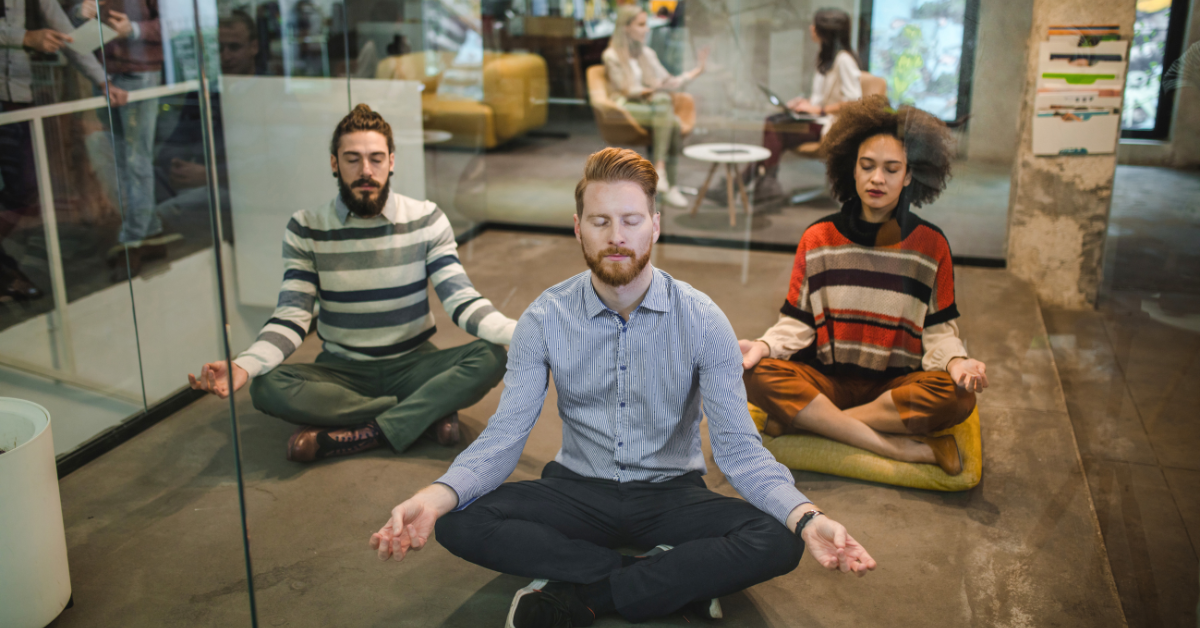As a nation, Australians are making mistakes each day with our health and wellbeing and these mistakes are immense. There has never been a time in our history when we have had so much information about health and wellbeing, yet there has never been a time when we have been so unwell. This statement is backed up by a mountain of statistics from the Australian Bureau of Statistics such as:
- 9 out of every 10 deaths are largely attributed to preventable chronic disease. The main contributors are obesity, sedentary lifestyles, smoking and alcohol consumed at hazardous levels.
- 61% of the adult population were overweight or obese in 2007-08.
- The prevalence of type 2 diabetes has doubled in the past decade. Diabetes Australia estimates that by 2031, 3.3 million Australians will have type 2 diabetes.
The list goes on and shows that chronic disease is one of the most important challenges facing our health system. Yet all of these statistics do not come from a lack of trying; fitness centre membership continues to grow, new personal training franchises open on every second corner and the market is flooded with new fad diets and fitness products on a regular basis.
So where are we going wrong? Are health and fitness programs at fault?
Could it be that it is not the programs (because if we move more and balance our diets we will succeed), but rather how we approach these programs.
“Insanity is doing the same thing over and over and expecting different results.”
– Albert Einstein
Conventional Wisdom
Why do we as a nation constantly change the programs we are using to deliver the results we crave, yet continue to plod the same path?
If the pathway isn’t leading us where we need to go, we need to get off at the next exit.
Before embarking on a health and fitness program we need to ask the hard question:
“What are the true results we want and what will they deliver to our lives?”
Answering this will provide us with the driving force and allow us to find the feeling to keep going when the motivation of a new program wanes, because it will. We need the reason to keep going even when it isn’t fun and it won’t be sometimes but to do it anyway. The reason needs to be deeper than what the scales say or how the program will deliver the perfect six-pack.
While delivering a seminar as part of a Pain Management Clinic on program design and planning I was challenged on this idea of real results and outcomes.
I was told by one of the participants that I “…and all of you health guys are full of it and have no idea of how hard it is”. This certainly stopped the presentation in its tracks and silenced the room but then eventually brought nods of agreement.
I stopped the presentation and ask why I and all health people were “full of it”. The answer: “Over the last few years, I have done everything that you and other health professionals have been talking about and it doesn’t work“.
I asked the gentleman if we could find something that worked what the end result would look like. He responded by telling me that his GP said he has to lose weight, decrease his blood pressure, improve his diet and the list went on. “If I put all this in place they tell me my pain management will be greater”.
They all sounded like great results but I pressed on and questioned whether these were his desired results or his medical team’s results and if he did achieve this, what would it mean to his life. The question surprised him and made him a little angry but we continued and the he said the best result would mean less pain, more sleep, an ability to do the things in life that he enjoyed and a better quality of life.
“What would this better quality of life look like?”
It was him being able to play in the park with his grandchildren again.
We had found the reason, the motivation that would this time change his approach to the program design. A picture of his grandchildren went beside his bed next to the alarm clock and also on the fridge.
Over a two year period, this gentleman has gone from 0 minutes of exercise per week to daily exercise of 40 minutes per day, which includes playing with his grandchildren in the park.
He knew the direction he had to go in – it had been explained many times, but he now had the reason to get on the pathway to real results, towards lasting lifetime change. The reasons were not his GP’s, not his physiotherapist’s, or his occupational therapist’s, or his exercise physiologist’s, but his reasons alone.
“Find your reason and avoid the biggest mistake in relation to health and wellbeing.”




